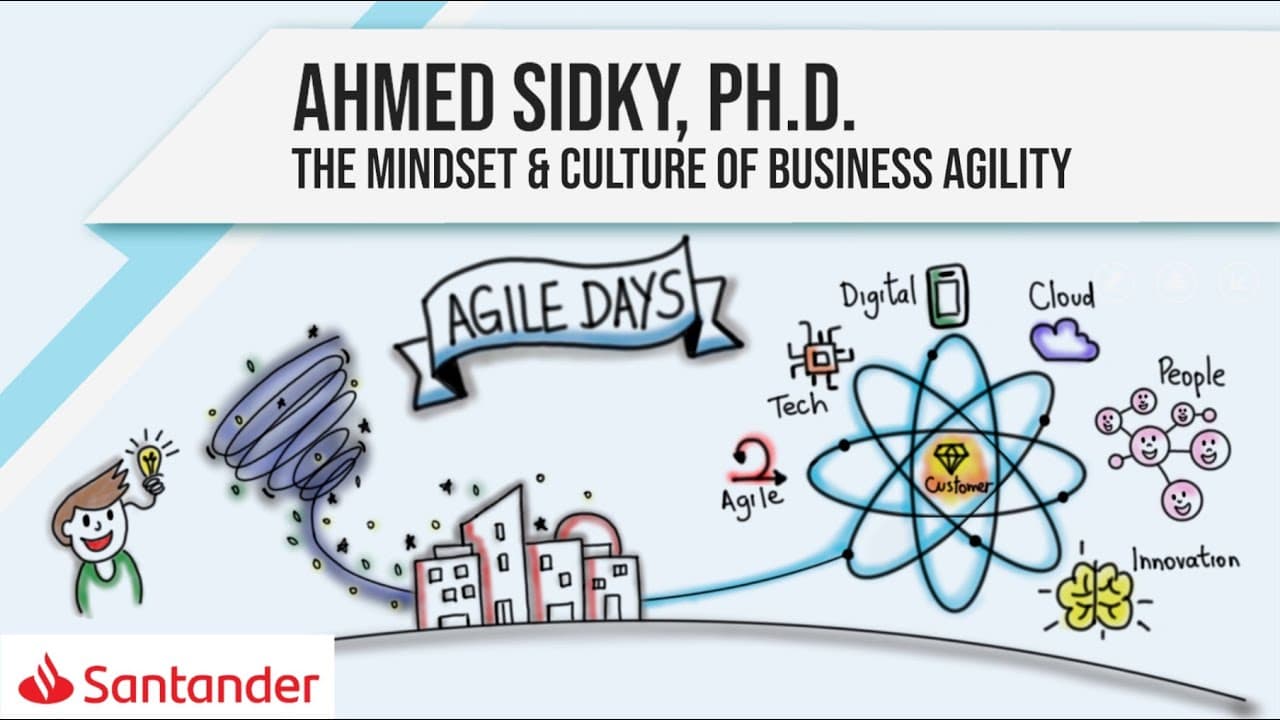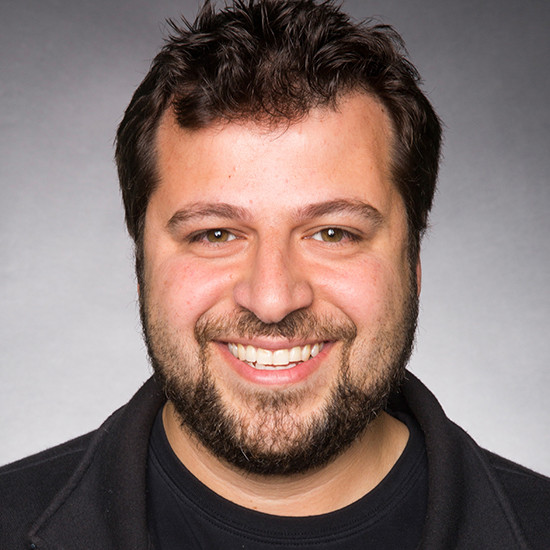In 2018, Riot Games was hosting the World Championships for esports, featuring the game League of Legends, in Korea. Around ten months before the opening ceremony—an event held in a stadium the size of the World Cup—we had an idea. What if we created a K-pop group? A virtual band formed by the champions, the characters inside our game.
This virtual band would show up in augmented reality on stage during the opening ceremony. Simultaneously, we would release a music video and a new single album. Keep in mind, we had no budget for this. It was not pre-planned. It was not on our roadmap. But we said, "You know what? Let's do it." Here's a quick clip of what it looked like.
The impact was huge—massive, actually. We had 100 million views on YouTube in the first four weeks. The song hit number one on the Digital Billboard, number one on iTunes K-pop. Basically, if this was a real band, it would have been the biggest debut of a K-pop group in YouTube history.
I'd love to tell you more about that, but in the interest of time, I want to focus on how we got there. How we were able to pull off such a big pivot, such a significant opportunity, in record time. The key to this success was years of deliberate work, discipline, and mastery.
Let me use a sports metaphor. Becoming an athlete is not something that happens overnight. As Stephen mentioned earlier, it is not something you achieve in a week or two. It takes years and years of deliberate effort. It requires discipline and mastery. It is open to everyone—regardless of age, gender, or background—but it demands hard work. In the world of athletes, they call it "the grind." The grind means being the first one on the field and the last one to leave. It is the day-to-day effort, the discipline to push forward even when you don’t feel like it.
The journey of business agility is a grind. It is hard work driven by an identity that requires persistent effort over a long period of time. It demands a growth mindset. And, most importantly, there are no shortcuts. Many people look for an easy way, but agility is not something you can achieve by simply implementing a few practices. It is a mindset and a way of operating.
Continuing with the sports metaphor—when you embark on a journey of athletics, bodybuilding, or fitness, you must understand your strengths and weaknesses. You need to know your muscle groups and where to invest more time and effort. The same is true for business agility. The Domains of Business Agility represent the muscle groups of an organization.
At the core, we have the foundational muscles that enable alignment around customer-centricity. As Stephen mentioned, it is about creating value for the customer. The new generation of companies is all about customer-centricity. It is not just about creating internal value but delivering real value to the customer.
At the heart of this customer-centricity is purpose and identity. Why does your company exist? Is it to fight on behalf of the customer? Or is it just for profitability or shareholder gain? At Riot Games, our mission from day one has been clear—we aspire to be the most player-focused game company in the world. That mission guides every decision we make. The player is more important than Riot. Riot is more important than a team. And a team is more important than an individual.
This purpose and identity shape the culture. At Riot, we use this equation daily. When making decisions, we ask: is this better for the player or better for the company? The answer is always the player.
To truly be customer-centric, you need a workforce that is mission-aligned and passionate about that purpose. You cannot be a customer-centric company if your employees don’t care about the customer. At Riot, there is no way we could have pulled off something like K/DA if our people weren’t passionate about delighting and surprising our players.
Another critical component is leadership. We need leaders who hire the right people, nurture them, and empower them. Good leadership creates psychological safety, mentors employees, and fosters an environment where ideas can thrive. This is exactly what happened with K/DA. The idea didn’t come from top leadership. It came from Toa, a music producer at Riot. It was not his job to create the opening ceremony for Worlds, but he had an idea, and we had the culture to support and execute it.
In addition to leadership, operations play a crucial role. Operations enable agility. Something like K/DA required 23 different contracts to be signed within three months. HR, legal, finance, and back-office teams needed to be aligned to support the initiative, not hinder it. Many organizations structure HR, legal, and finance to protect the business, sometimes even from its employees. But when these functions are aligned with customer-centricity, they become enablers of agility.
Another essential aspect of agility is fostering a culture of experimentation. This is how K/DA happened. We didn’t plan for it years in advance. Instead, we built capabilities over time through a series of small experiments. First, we created in-game music. Then we experimented with music videos. Then we created a music album. Then we collaborated with big artists. Each step built on the last, enabling us to execute something like K/DA when the opportunity arose.
At the heart of this culture is a mindset of ownership and accountability. Employees like Toa felt empowered to pitch bold ideas because they had the autonomy to take ownership. But ownership alone is not enough. We also need craft excellence. If we hadn’t invested in music production, augmented reality, and working with artists over time, we would not have been able to execute K/DA successfully.
One of the biggest blockers to this kind of experimentation is the fear of failure. Organizations must create cultures where employees are not afraid to fail. Failure should be seen as a learning opportunity, not something to be punished.
That brings me to the final point: the growth mindset. A growth mindset is essential for business agility. It is not about eliminating failure but learning from it quickly. Organizations with a growth mindset do not fear uncertainty—they embrace it and experiment their way forward.
To summarize, agility is not about specific practices. It is a mindset, defined by values and principles but expressed through an unlimited number of practices. If you reduce agility to a checklist of practices, you end up "doing agile" rather than "being agile."
Agility is an identity. It is about being customer-centric and committing to continuous improvement. It is not a sprint. It is a marathon. Actually, it is never-ending. At Riot, we didn’t set out to "become agile." We simply set out to be the most player-focused company in the world. And in doing so, we had to become agile because our players—and their expectations—are always evolving.
Thank you very much.



